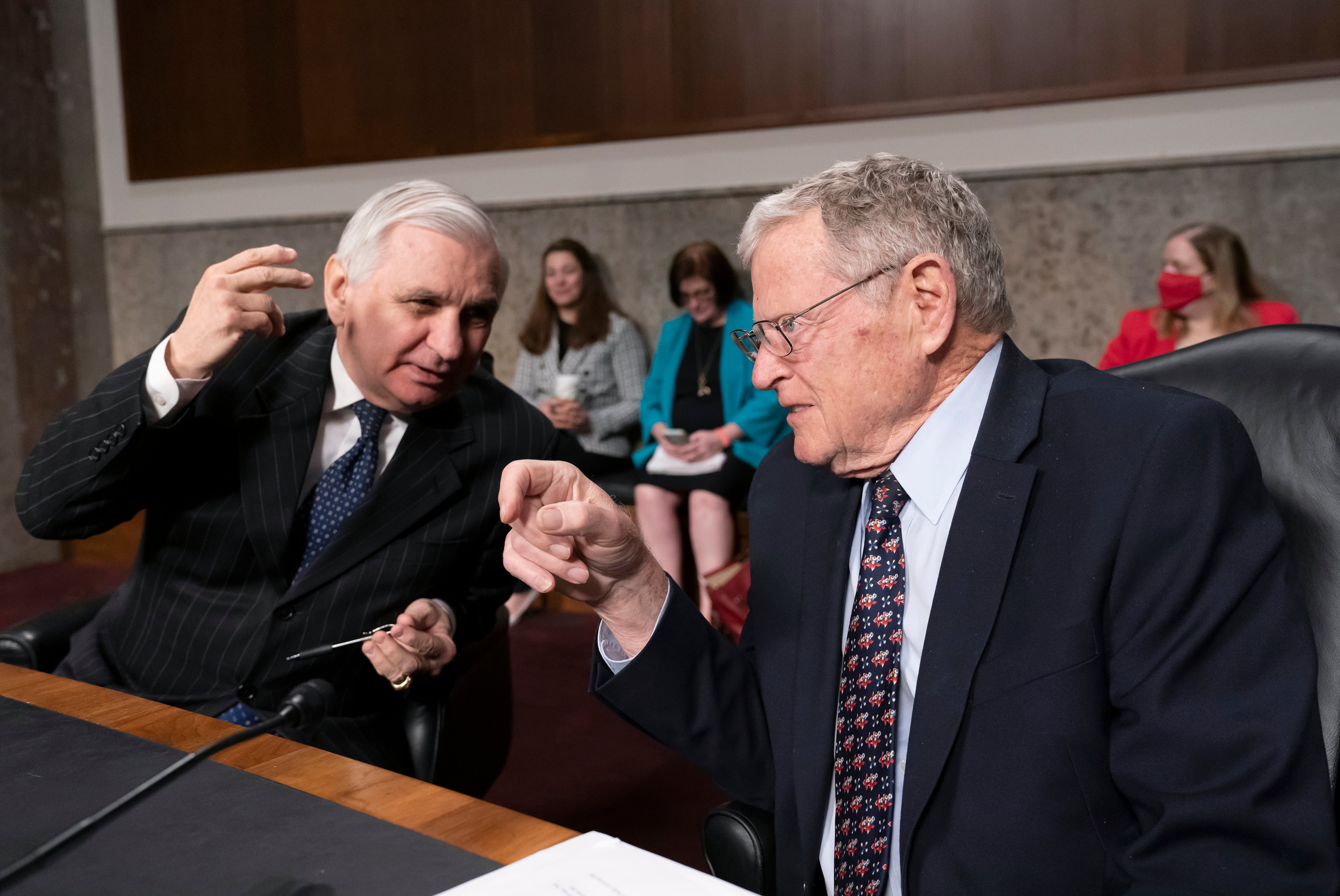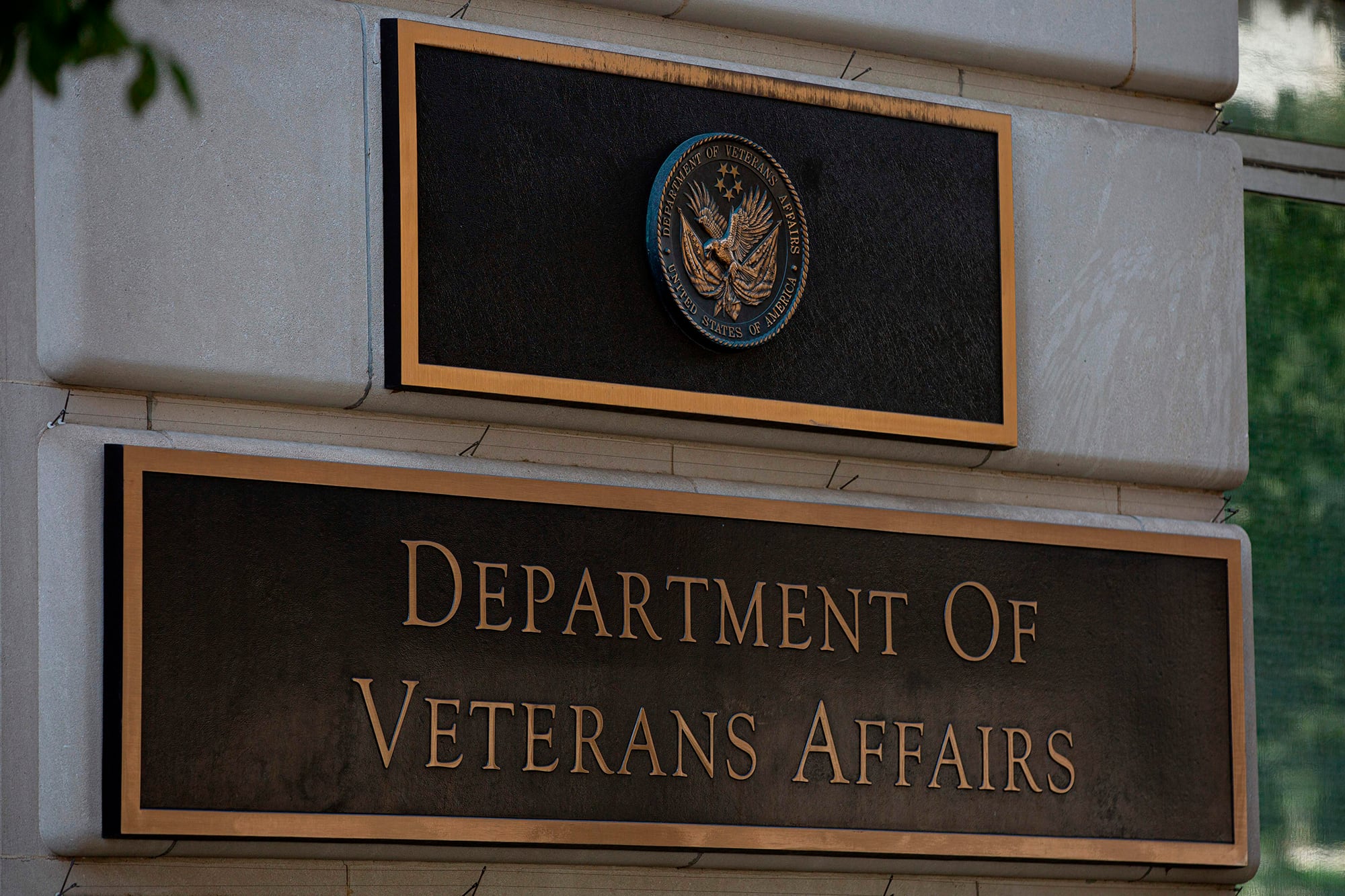Veterans Affairs programs would see a 20% increase in funding under the White House budget plan for fiscal 2023 released on Monday, pushing the department’s spending total above $300 billion for the first time.
The department has seen steady increases annually as multiple administrations have sought to increase medical care and support services for veterans.
Even with that history, however, the fiscal 2023 request represents a major new influx of money for the department, already one of the most expensive in the federal government. Only the Departments of Defense ($773 billion) and Health and Human Services ($138 billion) would see more discretionary funding in the plan than VA ($135 billion).
RELATED

In 2001, the entire VA budget — including both discretionary program spending and mandatory benefits payouts — amounted to about $45 billion. The 2023 White House budget request is three times that just for the program spending, not including the mandatory section of the department’s budget.
Lawmakers will spend the next several months debating and dissecting the White House spending outline, likely making numerous changes before a final compromise budget is reached.
But the plan represents a starting point for those debates, and lawmakers in recent years have only added to White House requests for VA spending, not reduced them.
In the budget request, administration officials said the plan “honors the nation’s sacred obligation to veterans by investing in world-class healthcare … and enhancing veterans’ general well-being.”
The plan includes large increases in outpatient care services ($29.6 billion, up 32%), mental health care programs ($8.5 billion, up 15%), prosthetics care ($4 billion, up 8%) and caregivers support stipends ($1.8 billion, up 35%).
The caregivers’ program has been a source of contention in recent months, as VA officials have been reviewing longtime participants to ensure they meet updated eligibility guidelines. Last week, officials announced they would pause all dismissals from the program amid concerns that the changes were affecting too many families.
RELATED

But the department is scheduled to add thousands of new families to the program this fall under an expansion mandated by Congress, necessitating the extra money.
The budget anticipated a significant increase in patient care costs as veterans resume medical visits delayed or canceled by the coronavirus pandemic over the last two years.
White House officials said they expect to see more than 107.7 million patient visits at VA facilities in fiscal 2023 (an 8% jump over fiscal 2022 projections) and another 39 million community care visits (a 7% increase).
The budget request also prioritizes investment in care for women veterans, ethnic minority veterans and LGBTQ veterans, identifying the groups as underserved by current department offerings.
Department officials are expected to unveil other budget priorities and guidelines later this week.
The White House plan also includes $128 billion in advance appropriations for VA programs in fiscal 2024, to prevent any service shutdown in the event of a budget stalemate. The new fiscal year begins Oct. 1, but Congress in recent years has failed to get federal agency budgets finalized by then, leading to some program closures and disruptions.
Leo covers Congress, Veterans Affairs and the White House for Military Times. He has covered Washington, D.C. since 2004, focusing on military personnel and veterans policies. His work has earned numerous honors, including a 2009 Polk award, a 2010 National Headliner Award, the IAVA Leadership in Journalism award and the VFW News Media award.




